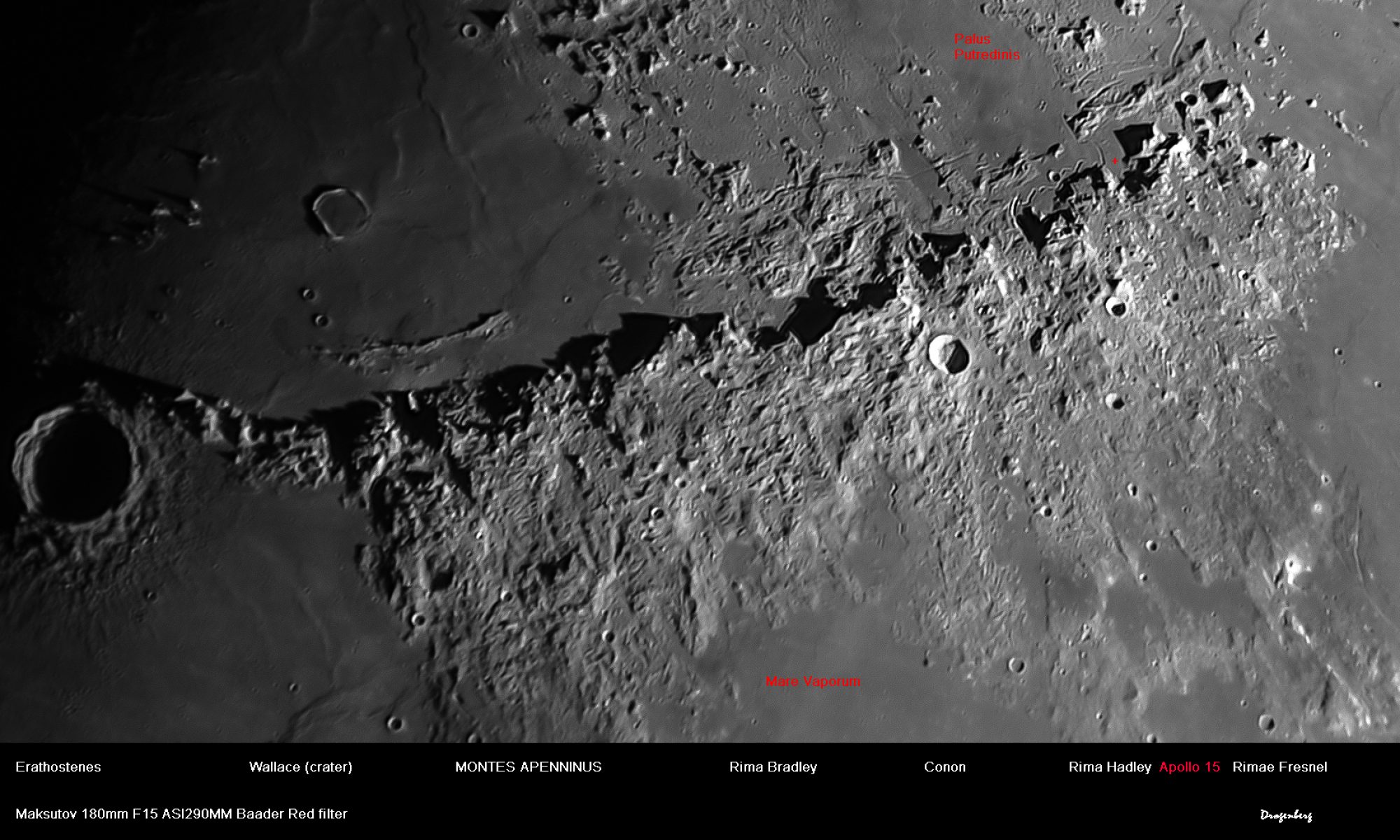Deep in space – 50 million lightyears away – lurks this cluster of galaxies called Abell 2199. At some area’s you will find more galaxies then (foreground) stars. Actually the whole image gives a fuzzy appearance, not only because the seeing was not very good and my processing skills need improvement, but also because lots of “stars” are actually fuzzy galaxies.
Taken on May 5th, 6th, 7th and 8th in total 280 minutes (4hrs 40minutes) of data.
Would you count the number of fuzzies in this image? I tried a bit and came to 200 galaxies, not counting suspicious stars. The brightest one is NGC6166 at 11th magnitude, most small galaxies are magnitude 16th.
Seeing conditions were not very brilliant during the capture and tracking went off sometimes (for unclear reasons most likely declination backlash).
With M3 (May 4th) , NGC5053 (May 5th) and this image (May 6,7 & 8th) , I broke my personal record with imaging 6 nights in a row.
According to the SIMBAD catalogue (http://aladin.u-strasbg.fr/AladinLite/?target=3C%20338.0&fov=0.033334&survey=P%2fSDSS9%2fcolor) the dimmest galaxies go to magnitude 18 and beyond: at which point it becomes difficult because the brightness is displayed for different filter types, of which the ‘V’ filter (Visual) is not available anymore at these magnitudes.
One of the smallest galaxies I found in this image is listed by SDSS as:
| main_id | SDSS J162843.52+392917.7 |
| ra | 247.1813500000 |
| dec | +39.4882722222 |
where the magnitude are displayed as:
| u | 20.566 |
| g | 19.201 |
| r | 18.752 |
| i | 18.152 |
| z | 18.215 |
There are smaller “light dots” in the image, many of which are not listed in SIMBAD. I found one that lies around magnitude 20:
| main_id | SDSS J162839.17+392939.8 |
| ra | 247.1632375000 |
| dec | +39.4944027778 |
has a “g” magnitude of 20.059 so this shows that within reasonable integration tim of 4,5 hours, with regular amateur equipment, it’s possible to reach this magical barrier.

Discover more from DROGENBERG
Subscribe to get the latest posts sent to your email.

